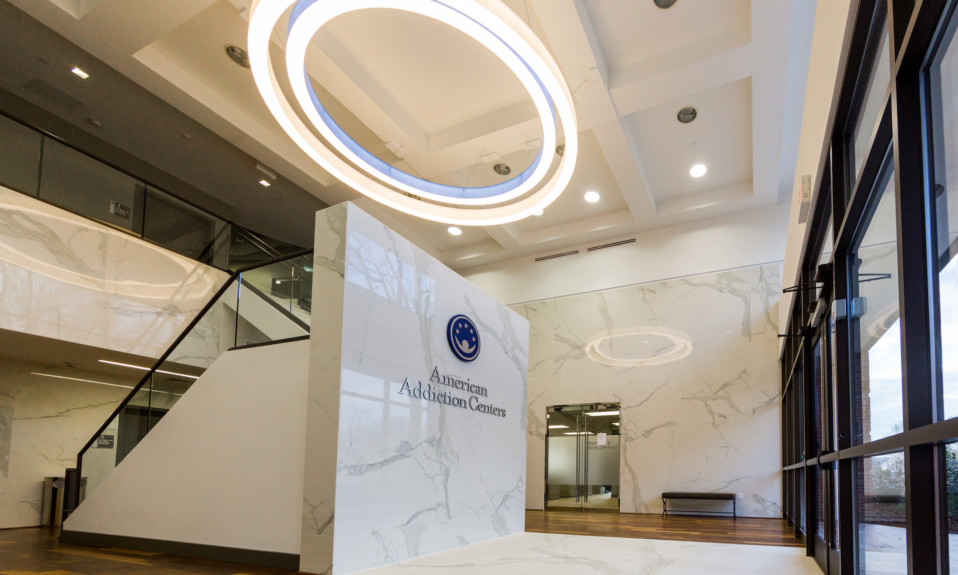| Addiction Treatment Industry Newswire |
 Youth Reorganization As a result of a highly complex and difficult reorganization of the youth division, its revenues jumped last year to $69.5M from $66.4M in 2010 but way down from in 2006 when former CRC CEO Barry Karlin told Treatment Magazine he expected Aspen sales to reach $150M. Driving last year’s youth turnaround was a big jump in outdoor programs, as youth residential continued to decline. The result of all the youth revenue loss over the years, due in large part to housing crisis burdened parents’ inability to bear big cash pay tuitions, has been the virtual whipping out of Aspen’s book value on CRC’s balance sheet. Zero Acquisitions In keeping with its focus on getting its house in order, CRC for the second year in a row had virtually no acquisitions beyond some small methadone related deals. CRC is the nation’s largest distributor of methadone, a fact nowhere mentioned on CRC’s website. The business is enormously profitable and its steady cash flows form a key centerpiece- as well as a major intellectual rationale – underpinning CRC’s leveraged financial strategy. Comprehensive Treatment Clinics, formerly CRC’s methadone clinics, had sales of $123M last year, nearly a quarter of CRC’s total. Residential and outpatient centers had total sales of $221M, up from $208M in 2010, registering $375 of revenue for each patient, each day. Servicing the Debt With the enormous debt leverage of the balance sheet, commonly followed financial health indicators like net income are less important to CRC than are debt repayment indicators like cash flow, or earnings before interest, depreciation, taxes and amortization – EBITDA. GAAP EBITDA, or cash flow determined by generally accepted accounting principals, soared to $73M from $12M as massive Aspen write offs ebbed. CRC provides, as most companies do now, an adjusted EBITDA number that takes into account CRC’s unique cash flow particularities, adding in back in such items as the one-off $9M charge for the youth reorganization and discretionary items like $3M in “management” fees to private equity owner Bain Capital. Not surprisingly, adjusted EBITDA has been a much steadier number over the years, rising slightly last year to $104M That’s more than 2 times the size of CRC’s huge $45M interest expense last year – a key metric, as is the $37M in cash that was provided by operating activities in 2011. Interest Rate Risk Less than a third of CRC’s $600M debt is fixed rate, a massive risk as interest rates are near, or at, the lowest levels in recorded history. The interest rates on CRC’s floating rate debt, linked to benchmark rates enormously influenced by Federal Reserve monetary policy, will rise quickly if the Fed should reverse itself on its commitment to hold rates down for the foreseeable future. Solid growth over the past several months has increased speculation that the Fed may indeed reverse itself. CRC does say in its financial statements that it has various swap hedges in place but, with no sensitivity analysis, it was unclear to what extent those swaps protected CRC from a jump in rates. POST YOUR COMMENTS BELOW..start a debate! GOT ADDICTION INDUSTRY NEWS? tell us… |













